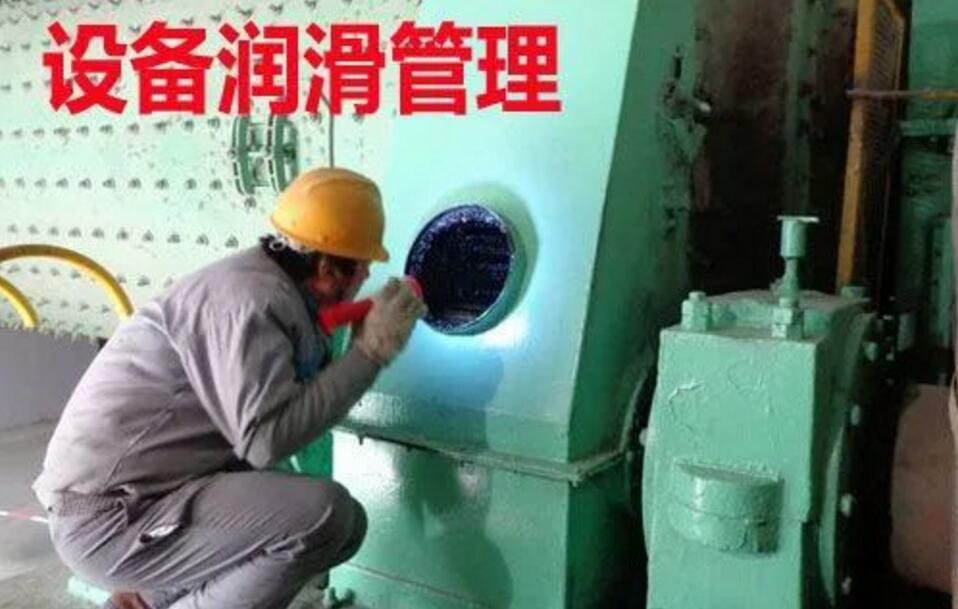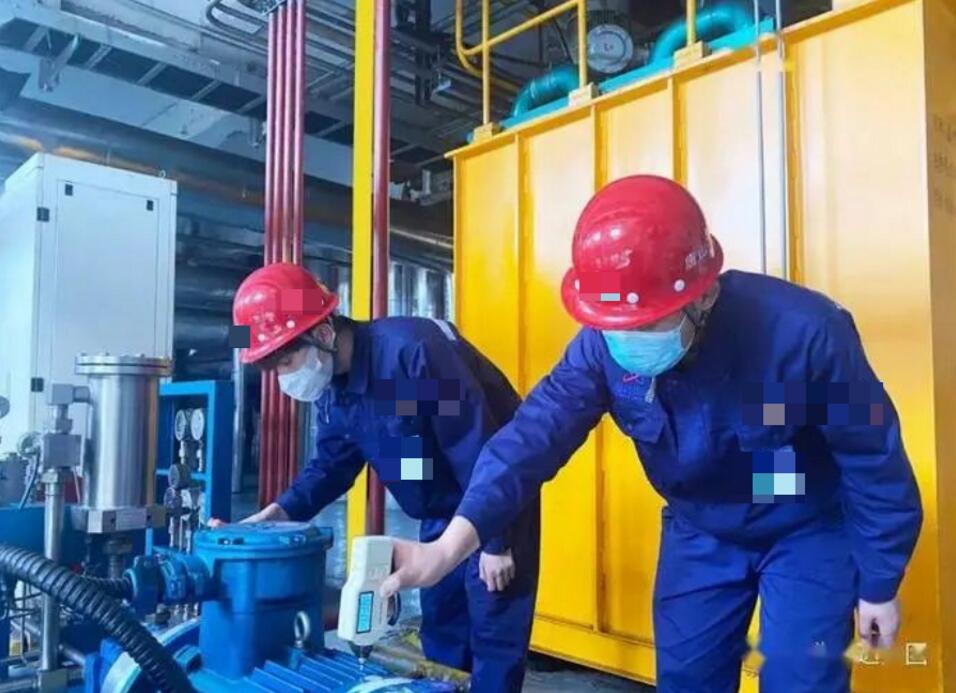Equipment lubrication management is one of the basic contents of equipment management. The level of equipment lubrication management can reflect the level of enterprise equipment management and the civilization level of on-site management from one side, and it is also directly related to the safety and economic and technical indicators of equipment operation. How to do well in equipment lubrication is an important part of equipment management.

Preventive measures for lubrication failure
1. Guide rail: to ensure good lubrication of the guide rail, the following should be done: ensure the processing accuracy of the guide rail and the contact area of the dynamic and static guide rails; The shape and size of the lubricating groove shall be correctly selected, and the position of the oil inlet hole shall be reasonably arranged. The appropriate guide oil shall be selected according to the load, movement speed, guide rail layout, etc. 2. Gear: the working characteristics of general gears are high contact stress and low speed, and it is difficult to form fluid lubricating film in the meshing area. The lubrication state of the tooth surface is mainly boundary lubrication and mixed lubrication. The tooth surface is mainly damaged by adhesive wear (gluing), fatigue pitting and abrasive wear. The lubrication is mainly ensured by the adsorption film and reaction film formed on the tooth surface. The adsorption film can reduce the friction coefficient and friction force; The reaction film can prevent gluing. The adsorption membrane and reaction membrane are mainly guaranteed by deeply refined Base Oil and high-quality and appropriate extreme pressure and anti-wear additives. 3. Rolling bearing: ① correctly select the type and model of bearing; ② Bearing direction, load characteristics and operation mode shall be considered during installation; ③ Select proper lubricating oil viscosity, ensure the oil quality and quantity of lubricating oil, and pay attention to eliminating mechanical impurities in lubricating oil; ④ The types of lubricating oil used for rolling bearings in different working environments are different. The working temperature is 50~100 ℃. The mechanical equipment bearings use sodium based grease or calcium based grease (ordinary grease). The working temperature is 100~150 ℃. The mechanical equipment bearings use molybdenum disulfide lithium based grease. 4. Sealing device: During contact sealing, the sealing device shall be kept in a stable state to form an oil film on the contact friction surface, which plays a lubricating and sealing role. Minor damage and deformation on the seal friction surface directly affect the formation and stability of the oil film, causing oil leakage, leading to damage and failure of the mechanical device. When applying the sealing device, full consideration should be given to the nature, pressure, temperature, sliding speed of the lubricating oil, and the suitability of sealing materials and lubricating oil for swelling and shrinking. 5. The level of lubricating oil: it shall be kept between the upper and lower scribed lines of the oil pointer normally, and not too little. Too little will cause some gears and bearings not to contact the lubricating oil, forming no oil film, and causing dry friction; Not too much, too much, the running parts such as gears and bearings increase the running resistance, the power consumption increases, the lubricating oil heats up due to continuous "stirring", the heat dissipation space is relatively reduced, the oil temperature rises, the turnover decreases, the oil film becomes thinner, the normal lubrication state of the friction surface is damaged, and the wear of the equipment is aggravated. 6. The lubricating oil must be filtered before filling: because there may be impurities in the finished lubricating oil, which will damage the formation and stability of the lubricating oil film. In order to save costs, except that the lubricating oil replaced in the running in period cannot be reused due to its high impurities and serious pollution, the lubricating oil replaced in other times can be reused after sedimentation and filtration.

Monitoring of lubrication faults When the lubrication failure is about to occur or just happens, the mechanical parts will show different states from the normal ones in terms of temperature, noise, vibration, metal abrasive particles, etc. Therefore, monitoring and measuring instruments are used to detect equipment and timely understand the abnormal state, which can effectively prevent lubrication failure. 1. Temperature: the friction part of the equipment moves when the lubrication is good, with small friction, less heat and low temperature. When the lubrication is poor, the friction and heat will increase, and the high temperature will directly cause sintering and sticking. Therefore, it is of great significance to measure the temperature of the friction part and its vicinity. Single glass rod thermometer, infrared non-contact thermometer or thermometer with automatic monitoring device can be used to measure temperature. 2. Noise and vibration: When the moving friction pairs of mechanical equipment are damaged in use, vibration and noise with different frequencies from the normal operation will occur. The increase of noise and vibration is the beginning of lubrication failure. The sound level can be used to measure the noise sound pressure, and the vibration meter can be used to measure the amplitude. Through analysis and comparison of the measurement results, the judgment can be made to find the lubrication failure as early as possible, and measures can be taken to minimize the lubrication failure. 3. Shaft vibration: when the bearing on the shaft is damaged by friction, the clearance will become larger and the shaft vibration will intensify. The non-contact instrument will be used to measure the vibration frequency and amplitude of the rotating shaft, which can timely prevent the failure. 4. Measurement of metal wear particles: It has long been found that once large wear particles are found, they may form serious damage within a few hours. Especially for equipment working at high speed, heavy load, high vibration and high temperature, large wear particles have a more prominent impact. Therefore, it is very important to keep normal monitoring of metal abrasive particles of equipment. During equipment operation, the number and shape of metal abrasive particles generated by normal wear are different from those generated by lubrication failure, and the composition of abrasive particles of different materials is also different. 5. Lubrication in the running in stage of equipment: the wear of equipment is divided into running in stage, stable wear stage and severe wear stage. In the running in stage, the mechanical wear is large, the wear particles are large and many, and the friction heating is serious. At this time, the oil change frequency should be increased so that the wear debris can be discharged with the replacement of lubricating oil.







